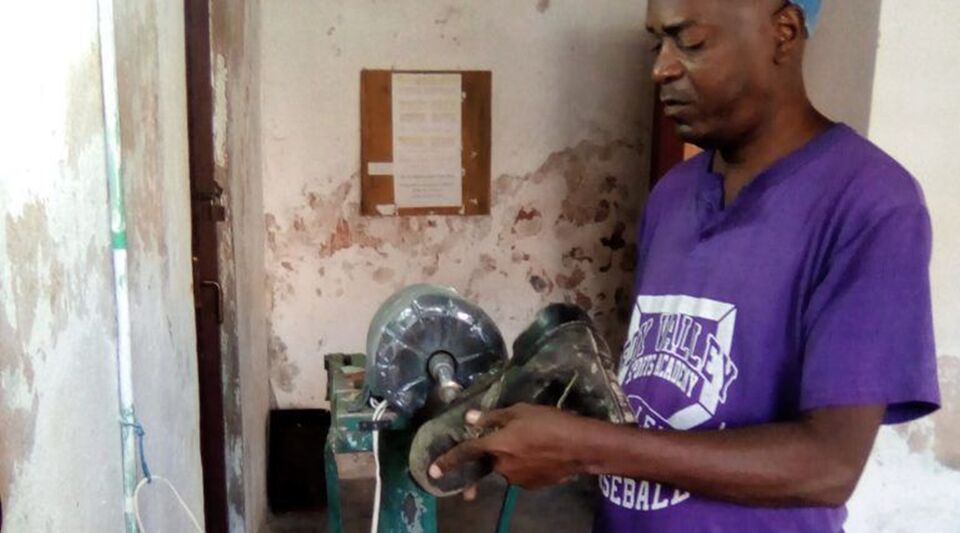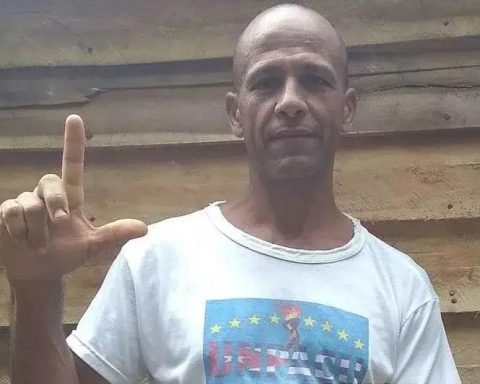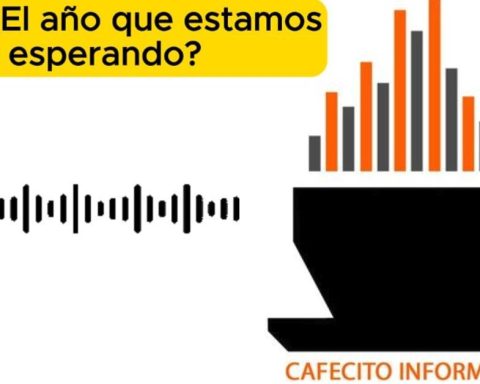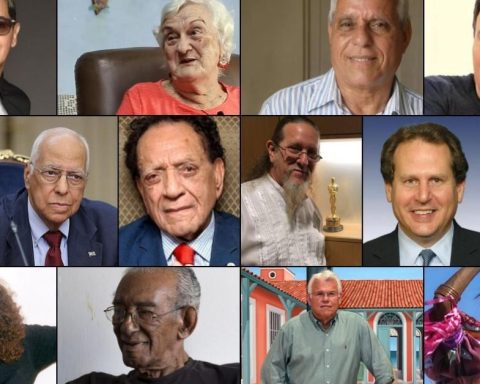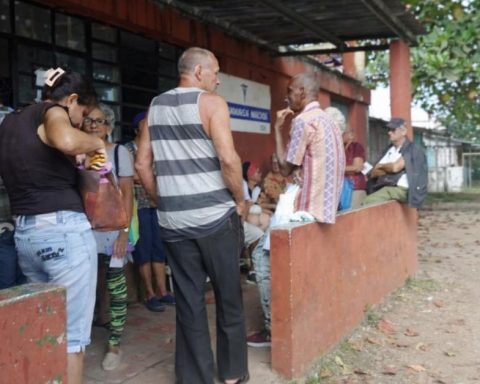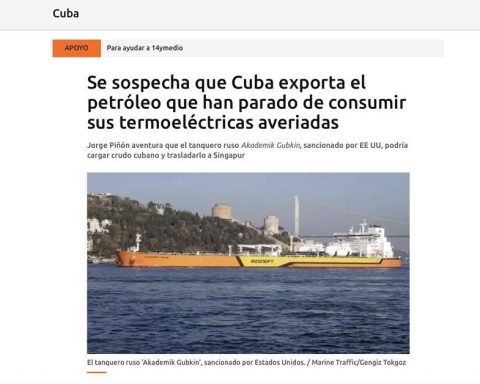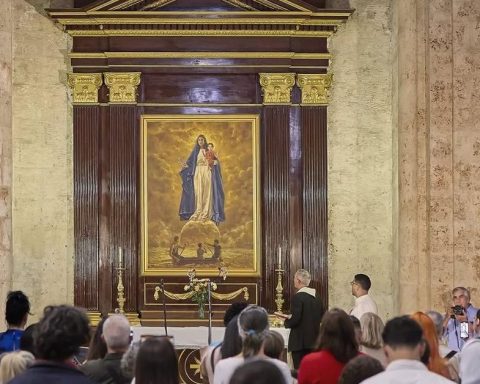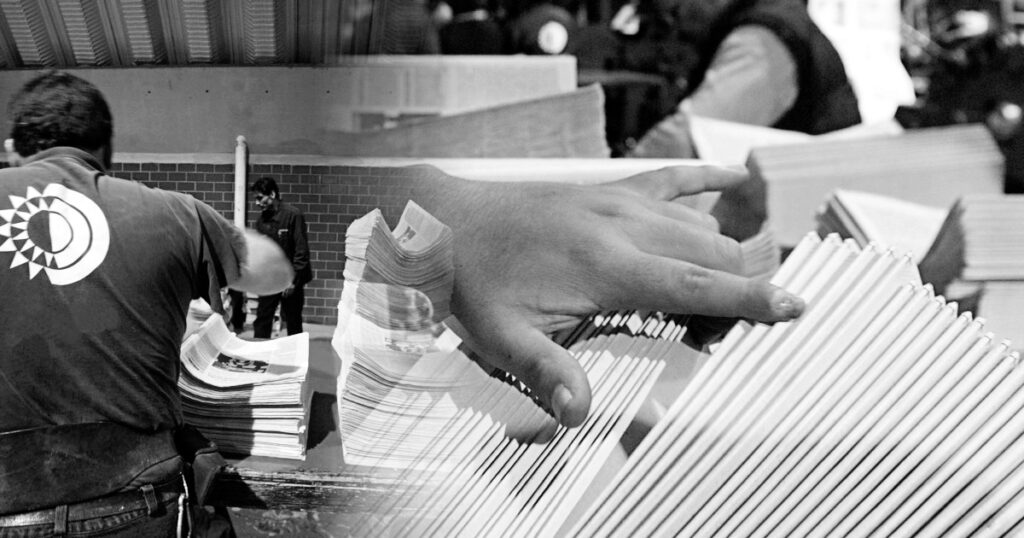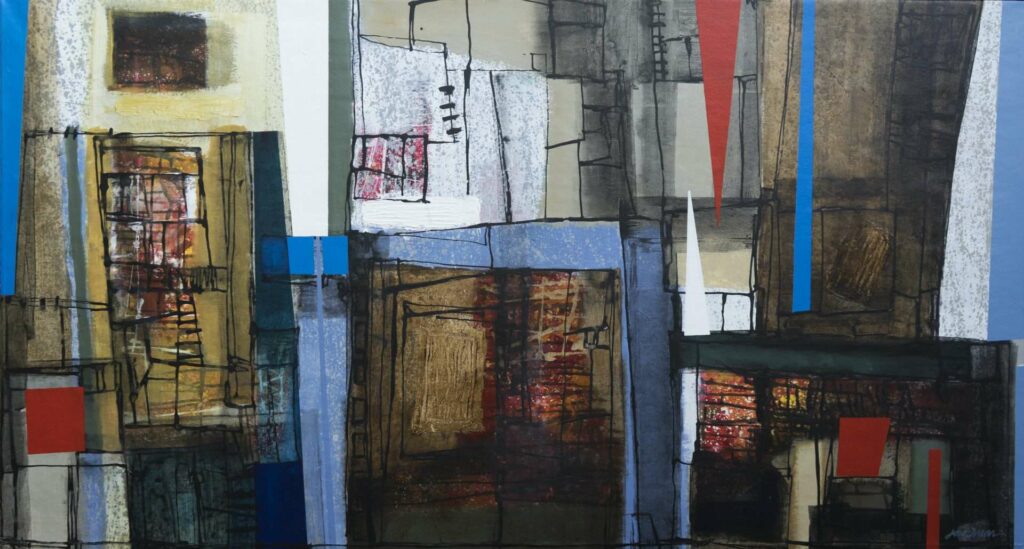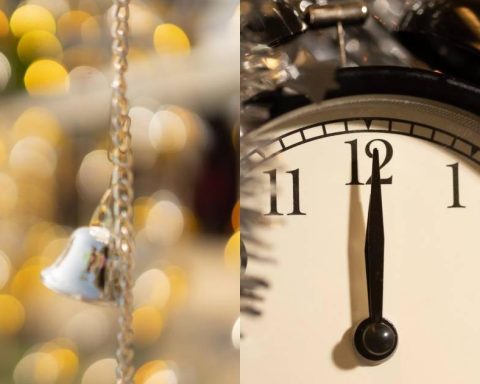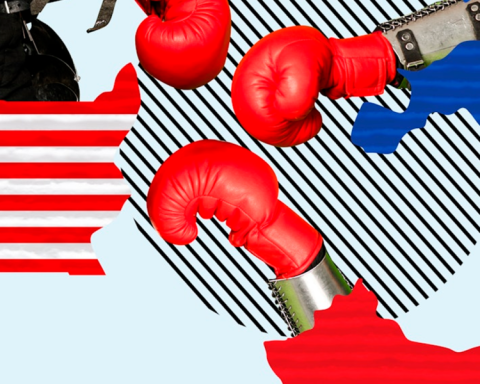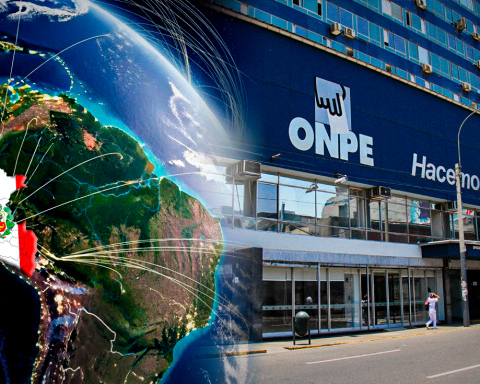The walls of the workshop are eaten away by humidity. A tube of cold light illuminates the work table, but it is not enough. Three men, hunched over soles and laces, try not to interrupt their work while the official press questions them. They are cobblers from Matanzas, they rack their brains trying to find the materials and life becomes increasingly difficult for them, but the reportage that he dedicated to them Giron this Thursday he prefers to silence those “trifles”.
“Before the revolutionary triumph, the cobbler shoemaker was a poor trade. Today shows the opposite,” the newspaper asserted triumphantly. The few times that the text gives the floor, directly, to the workers of the workshop –located on Manzaneda street, between Milanés and Contreras–, their concern for a future in which they do not know, due to the lack of spare parts, comes to light. whether the craft will survive.
In the antipodes of the scene described in the newspaper of the Communist Party in Matanzas, the shoemakers tell their true story: “Many people think that we get rich, and it is not true. The materials are expensive, in addition to the cost of daily life in these times”, says, almost at the end of the text, Alexis, one of the members of the workshop together with the brothers Saidel and Laureano.
The conditions of the Manzaneda premises are, judging by the images published in the newspaper itself, extremely precarious. The furniture is rickety, paint chips are falling on the floor, the electricity is tied to wires tied several times, and the appliances are outdated and in need of maintenance.
“Many people think that we get rich, and it is not true. Materials are expensive, in addition to the cost of daily life in these times”
Giron He attributes a “fantastic” utility to cobblers, but does not refer to the contrast between the salary of Cubans and the impossibility of accessing new, quality footwear. The reason that the patch is increasingly popular lies in the “constant rise in prices” that individuals place on “premiere” shoes.
A pair of tennis shoes – the quintessential Cuban footwear – can currently cost up to 5,000 pesos, if it is an imitation. An adornment or a better appearance of the shoe increases the price up to 6,000. But if it is a brand, the figure shoots up to 25,000 pesos. As for the repairmen, a simple job –gluing a sole, for example– costs around 200 pesos.
“We do not abuse, the price is adequate,” insists Alexis, who works, as the newspaper admits, in a “semi-dark” room. Most of the cobblers learned their trade in orthopedic shoe shops. There they trained to make a type of footwear that meets the requirements of people with disabilities, in collaboration with the Ministry of Public Health.
“The client is not always satisfied. Sometimes they return, they complain that the work did not turn out as they wanted”
However, as Laureano laments, they had to give up work and start working on the “common” patch, as he calls it. Now as leased and “with the resources that appear”, at least the profit goes to their pockets and not to the State.
Manzaneda’s own workshop began with the repair of orthopedics, but the materials soon ran out. “This specialty is nothing like that of the common shoe, without diminishing the importance of the latter, which we must also repair with rigor and quality,” they say. However, for six months they earn more money dedicating themselves to regular footwear.
Cobblers usually work with the customer in front. For them, it is a guarantee of quality and that they do not cheat with the material. Often, they say, even that is not enough. “The client is not always satisfied. Sometimes they return, they complain that the work did not turn out as they wanted. From dissatisfaction they go to discomfort,” they lament. Then there is no other option than to return the money.
With the absolute poverty of the Island, there has been an uptick in requests at the workshop. Nobody can afford to buy new shoes and they come to do the third or fourth repair on pairs that have been used for many years. “Dozens and dozens of people request our knowledge so that their shoes extend their useful life, despite the fact that it is difficult to obtain materials to do so,” they say, while the newspaper points out the culprit: the “galloping world crisis.”
Large warehouses, security cameras and no supply obstacles characterize the Camajuaní workshops, the mecca of Cuban footwear
Manzaneda’s workshop could not be more different from the efficient private shoe stores of Villa Clara, where the Cuban government has given the go-ahead to a series of “new rich” dedicated to footwear. Spacious warehouses, security cameras and no supply obstacles characterize the workshops of Camajuanithe mecca of Cuban footwear.
Miguel Díaz-Canel himself, in addition to various ministers and officials of the leadership, have given their blessing to the businessmen affiliated with the Cuban Fund for Cultural Assets. A network of exchanges that extends from Villa Clara to Havana, and from there to Mexico and the United States, has the approval of inspectors and members of the Party.
These shoemakers, very different from the cobblers of Matanzas, also appear in the newspaper. They are the champions of the “entrepreneurship” that washes the face of the regime and they do invoice in dollars and MLC (freely convertible currency), in amounts that only the workers of the Manzaneda workshop dream of.
________________________
Collaborate with our work:
The team of 14ymedio He is committed to doing serious journalism that reflects the reality of deep Cuba. Thank you for accompanying us on this long road. We invite you to continue supporting us, but this time becoming a member of our newspaper. Together we can continue transforming journalism in Cuba.
